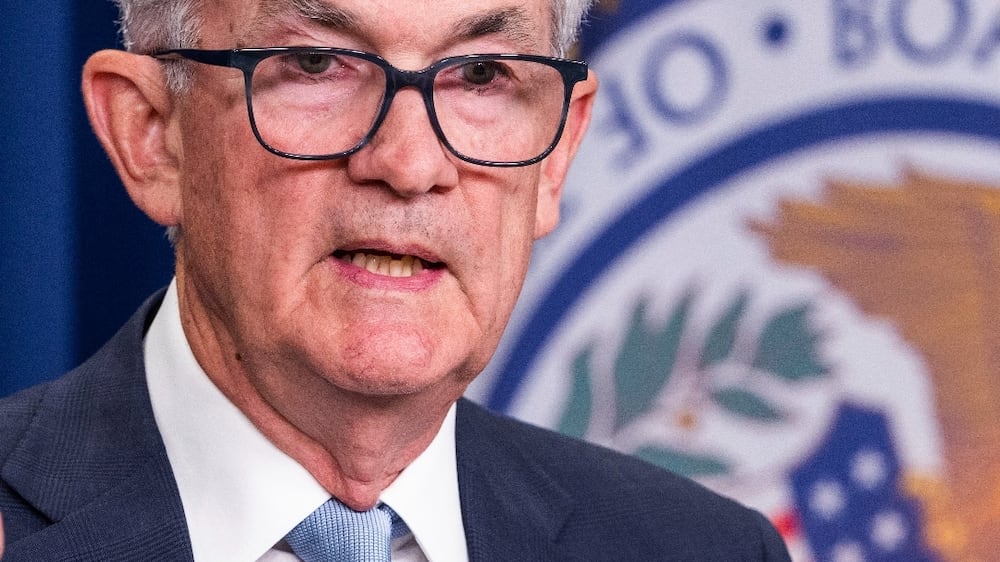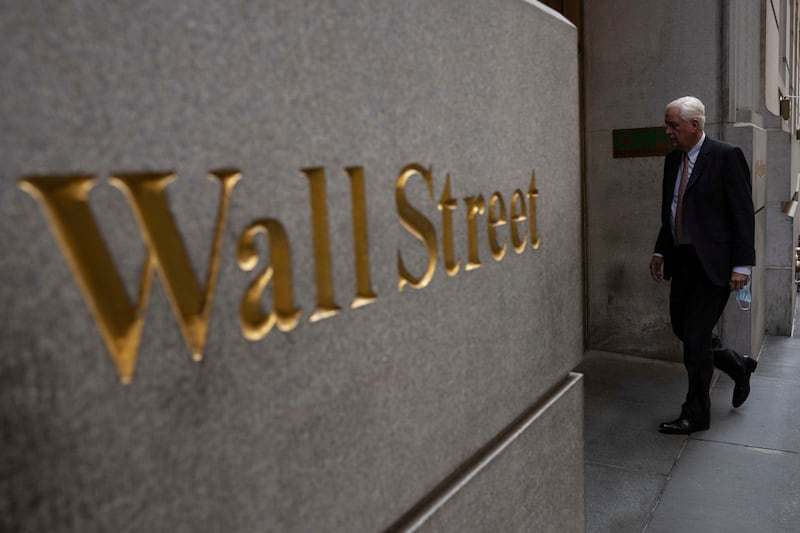Bull or bear, in stocks lately, the punishment has been the same. Swift and brutal.
Lockstep moves, one day up and the next down, have been sweeping through the market like storms, as concerns about inflation alternate with optimism that the economy can weather it.
Tuesday’s swing, in which more than 400 companies of the S&P 500 moved in the same direction, is a pattern that has been repeated 79 times in 2022, a rate that if sustained would top any year since at least 1997.
A too-hot-to-handle market is making life impossible for would-be timers, beset with divergent views on how to play the cycle.
One study from Bank of America shows an investor can count on the Federal Reserve’s rate cuts as a sure sign for a market bottom, while another from Ned Davis Research suggests timing your entry according to the first easing is for suckers.
“Macro trends come and go. And I don’t think there’s more than a handful of people who can actually claim to predict that,” said Brad McMillan, chief investment officer at Commonwealth Financial Network.
“I admire the intent behind it, but I do question the utility.”
Increasingly, the world’s largest stock market is behaving like one giant trade whose direction is intractable on a day-to-day basis.
Tuesday’s losses, the worst in two years, were caused by a hotter-than-expected inflation reading. It followed two sessions in a row where more than 400 stocks in the S&P 500 rose.
Down 4.8 per cent over five days to 3,873, the S&P 500 lost all the gains from the previous week. It has now moved in opposite directions by at least 3 per cent for three weeks in a row, a period of volatility not seen since December 2018.
US Federal Reserve raises interest rate by 0.75 percentage points

Underpinning the whiplash are fast-moving narratives. The latest emphasised downside risk, especially after FedEx withdrew its earnings forecast on worsening business conditions, a worrying sign for the global economy.
“The conversation immediately shifted from ‘good earnings despite the headwinds’ to ‘future earnings are going to be really challenged by higher borrowing costs’", said Larry Weiss, head of equity trading at Instinet. “We took out 4,100, 4,000, and 3,900 fairly quickly.”
All manner of investors are paying a price. This week’s tumult came on the heels of furious covering by short sellers, who unwound bets the previous week only to find themselves having to sit and watch as the market validated the bear case.
While volatile times are supposedly when active managers shine, the price for getting even a few things wrong in a market as turbulent and correlated as this one is costly.
The peril of bad timing can be illustrated by a statistic that highlights the potential penalty an investor faces by sitting out the biggest single-day gains. Without the best five, for instance, the S&P 500’s loss for this year widens to 30 per cent from 19 per cent.
With the Fed’s monetary policy arguably the most important factor in stock investing these days, one big question looming is whether the path on interest rates offers any clues on the trajectory of this equity retrenchment. The answer is not clear.
Bank of America strategists studied seven bear markets and found that the bottom always came after the Fed started cutting rates — on average 11 months after the first tightening. In other words, investors would be better off waiting until the central bank turns dovish before diving back in.
Ed Clissold, a strategist at Ned Davis Research, tackled the question with a similar approach, plotting the distance between the start of an easing cycle and the end of a bear market.
Since 1955, while the median bear market did end at about the same time the Fed began cutting rates, his analysis showed that the range has been massive, sometimes years before or after.
“The data argues against using a single rate cut to call for a new bull market,” Mr Clissold wrote in a note.
Complicating the matter, the Fed’s action itself is a moving target. After misjudging inflation as being “transitory”, the central bank is under mounting pressure to tame price increases that have mostly come in hotter than expected this year.
With the central bank poised for another large rate rise this week, the fixed income market seems to be changing its stance on when the Fed will reverse its course.
A more aggressive Fed is fuelling bets that a rate cut will come sooner. As a result, short-end Treasury yields jumped more than long-dated ones this week, extending yield curve inversions across various tenors.






